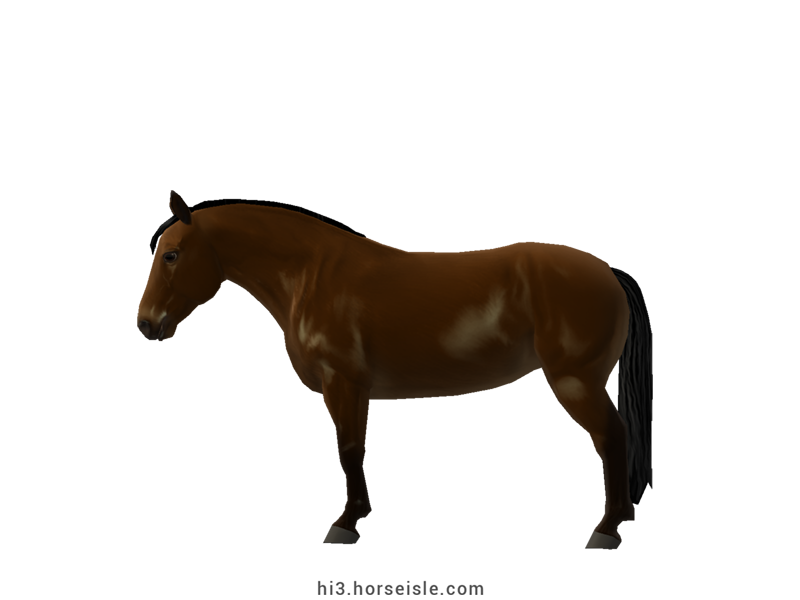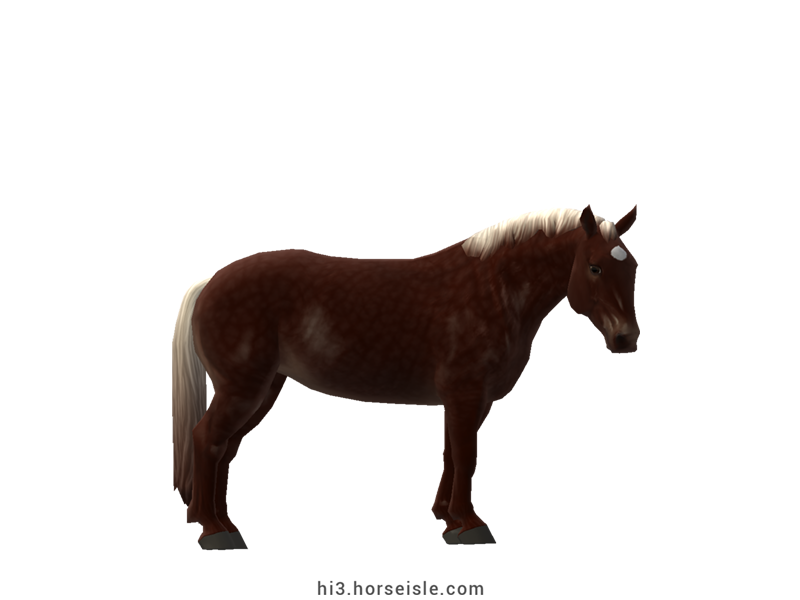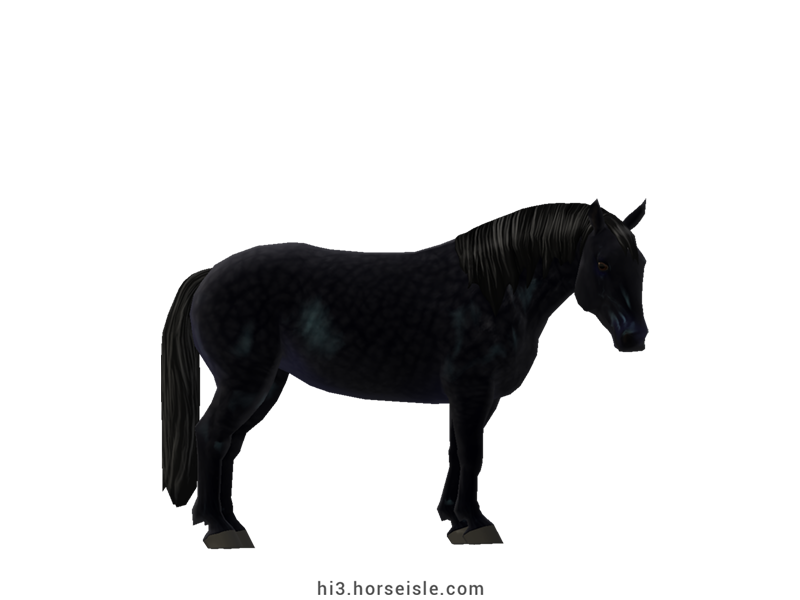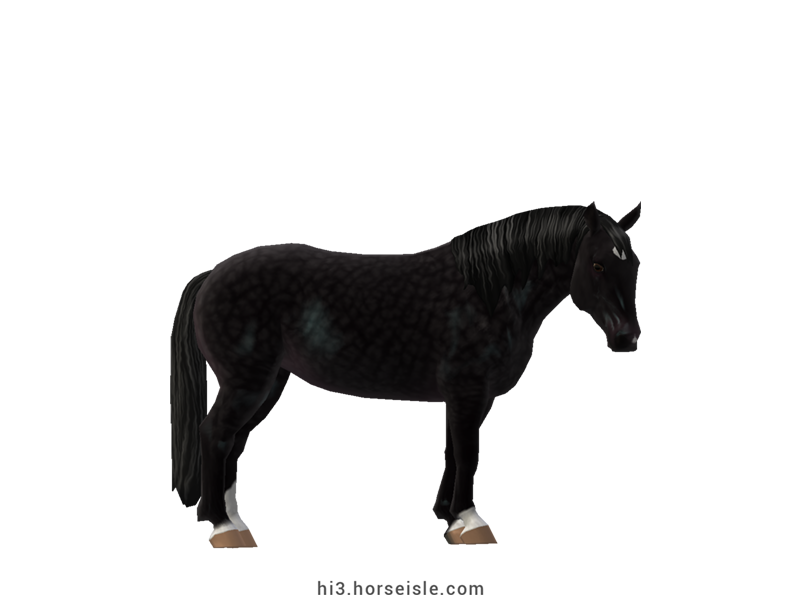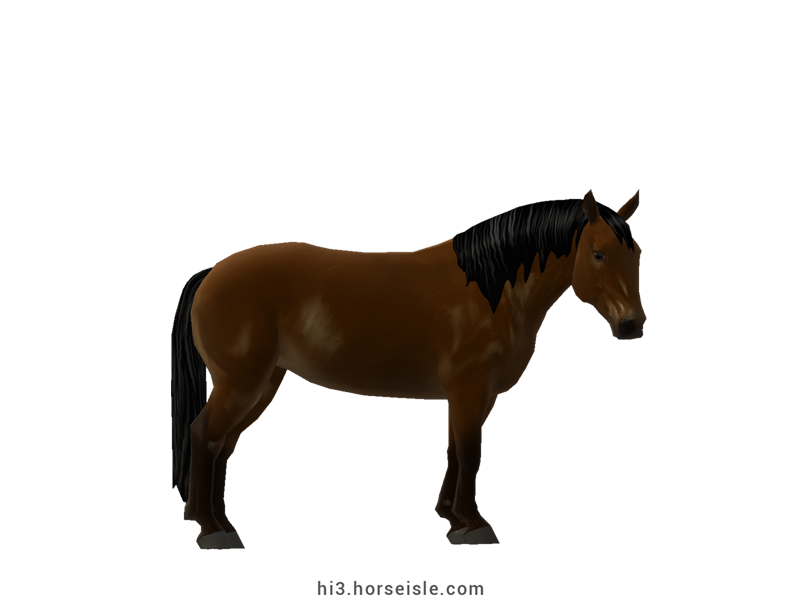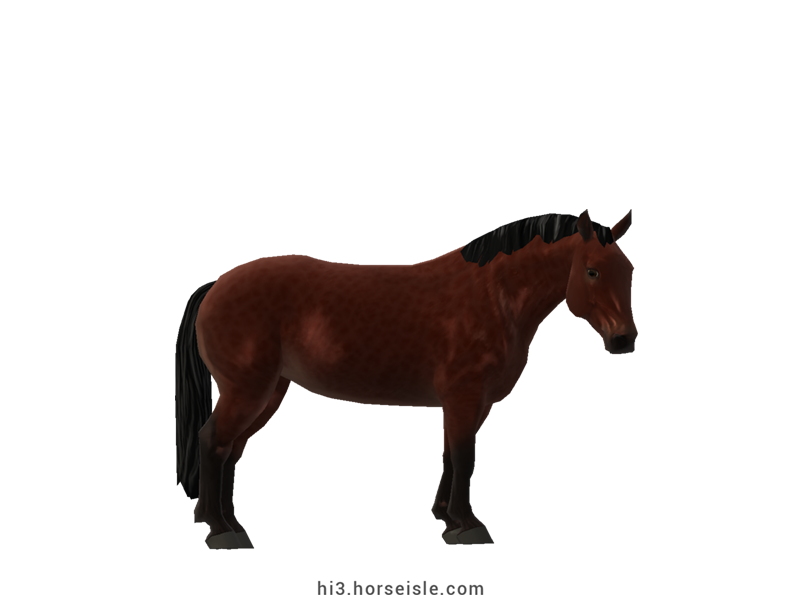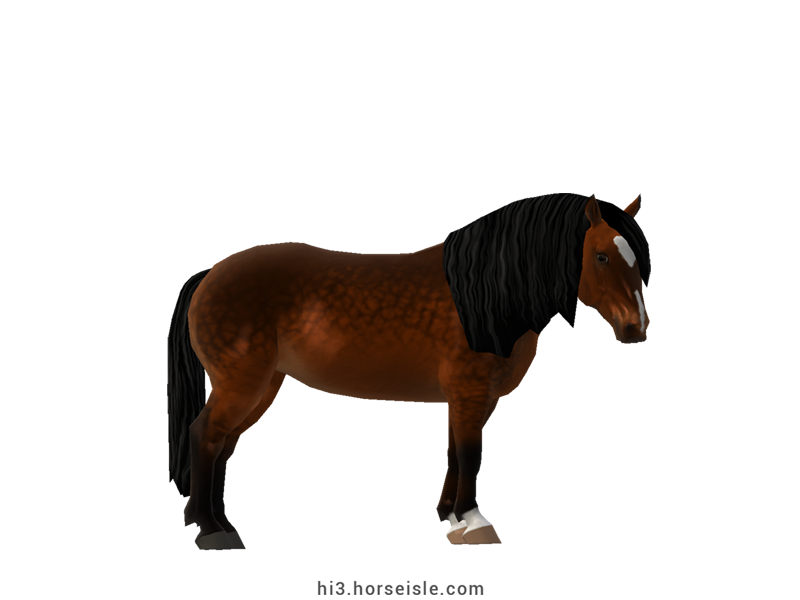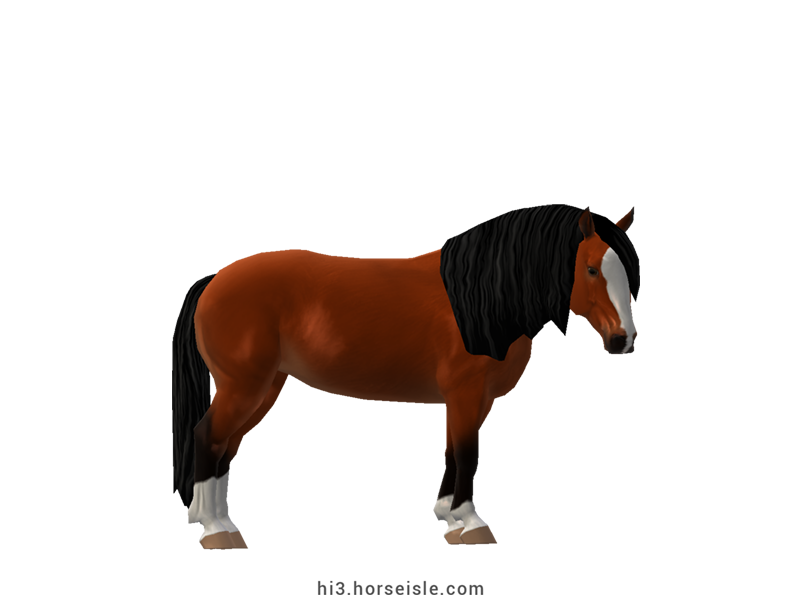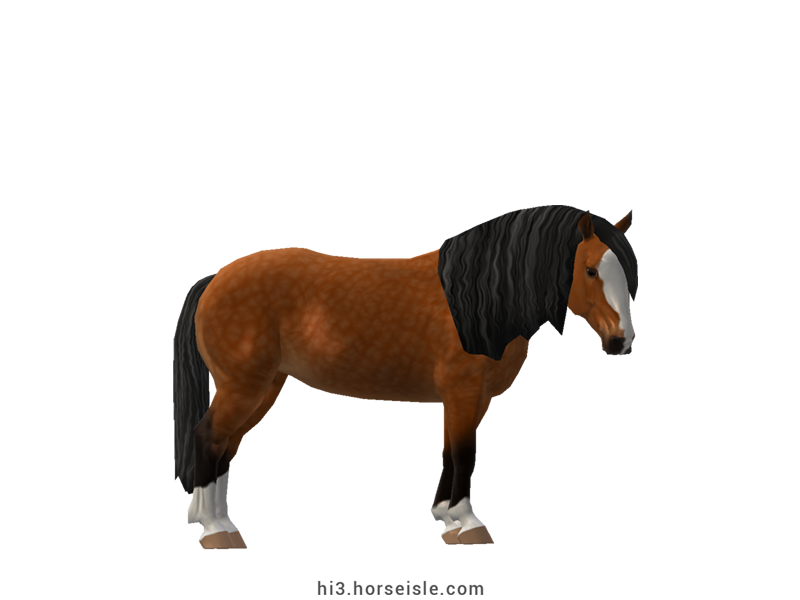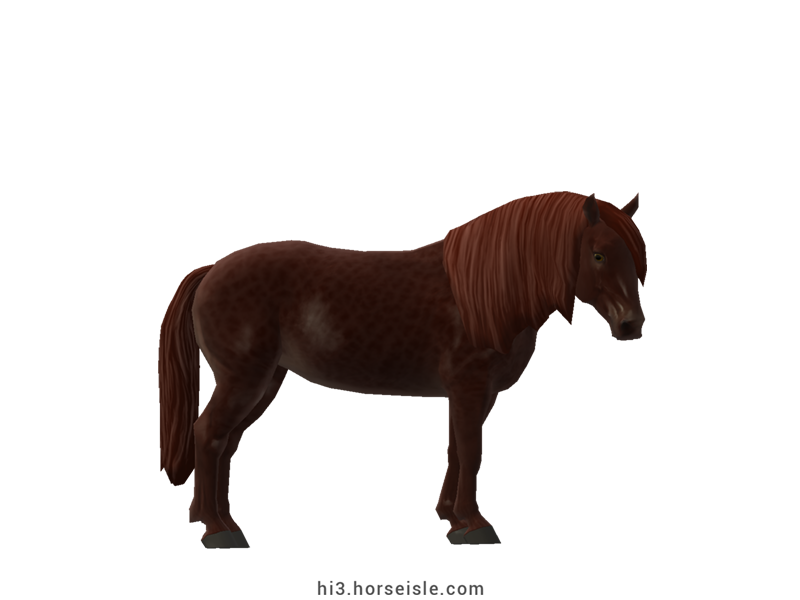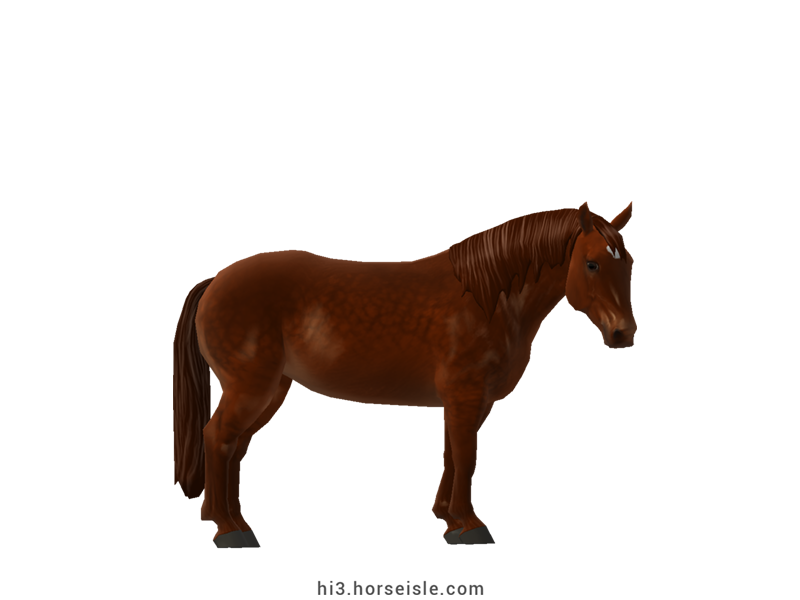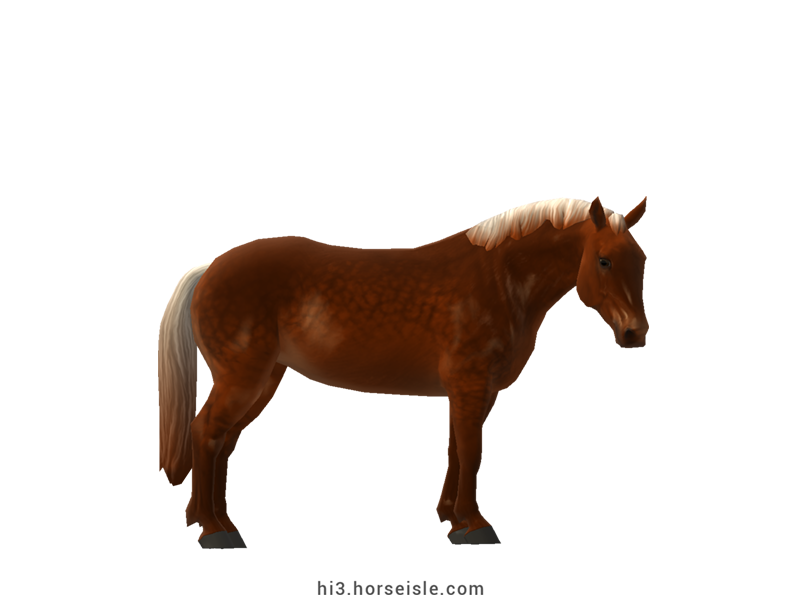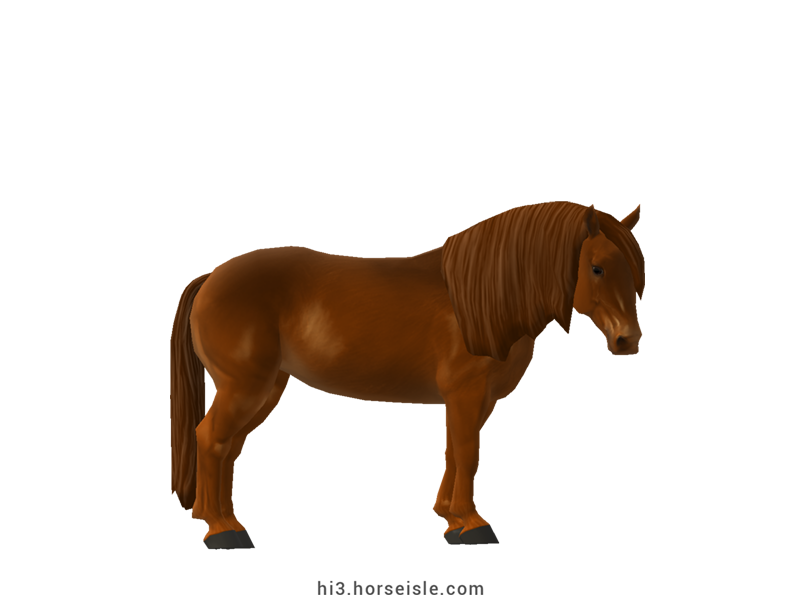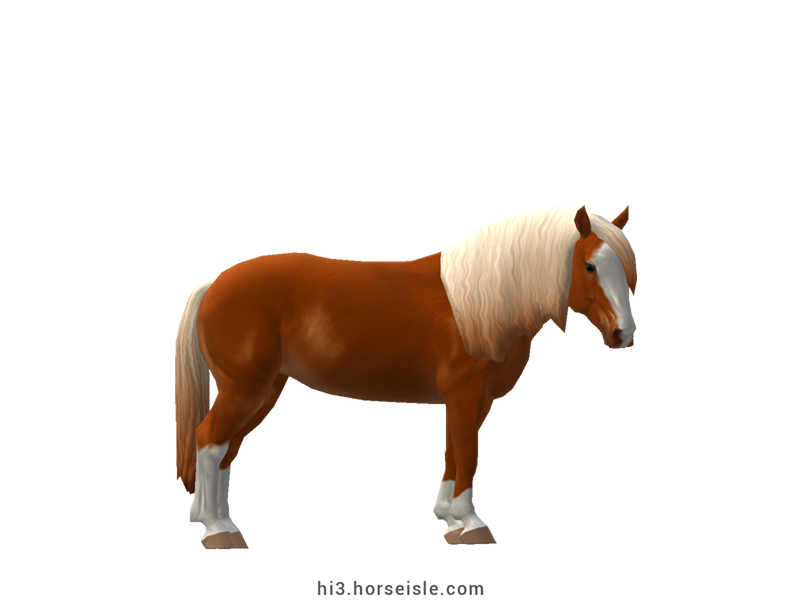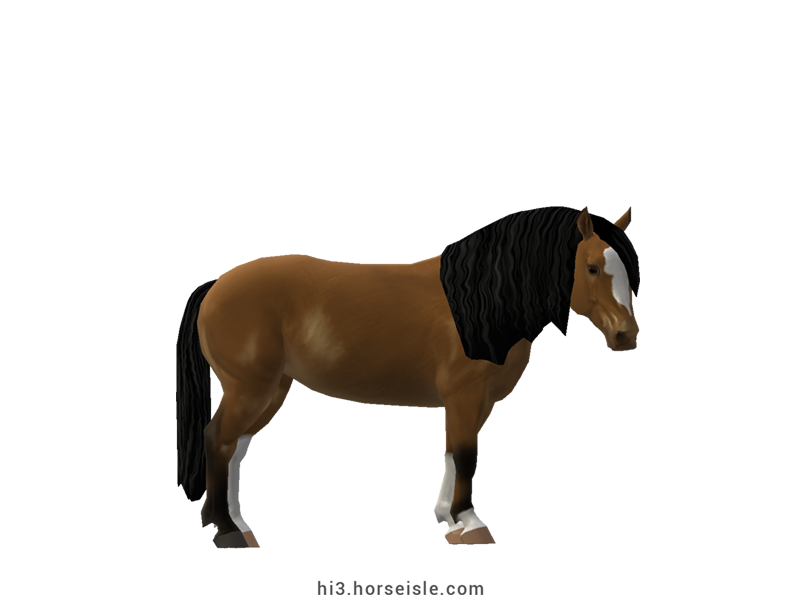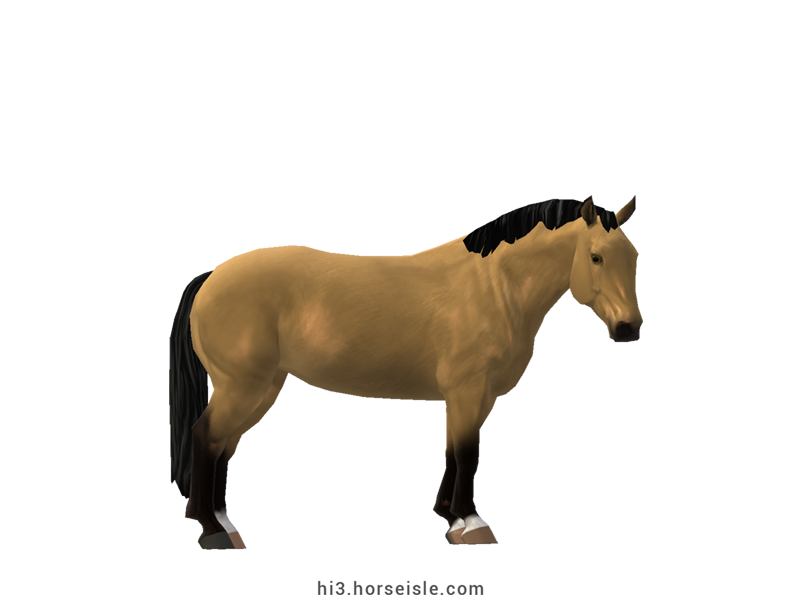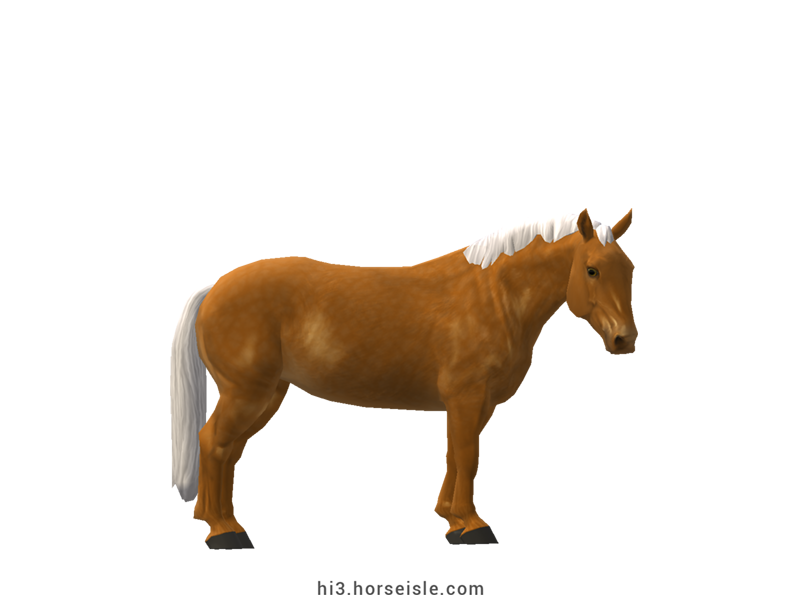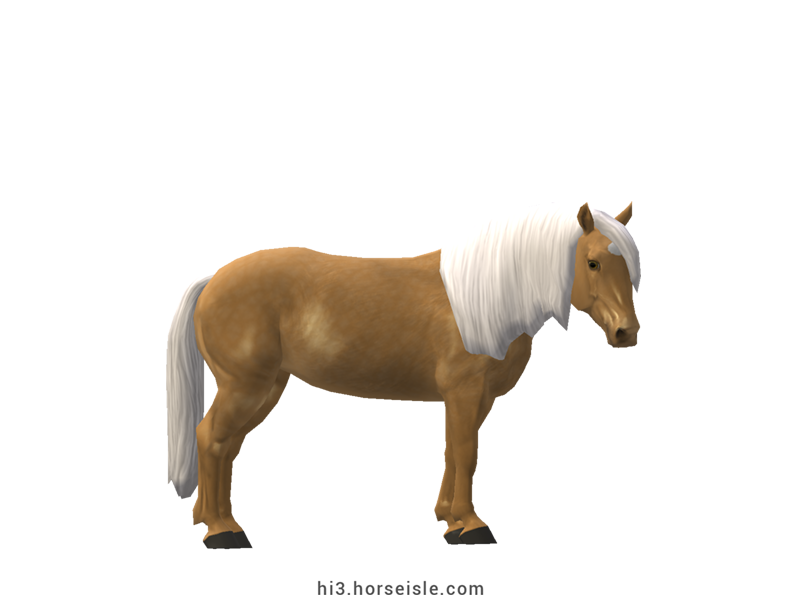Our Massive Real World Equine Reference!
[ INDEX ] Equine Type: Horse Breed: Toric (Tori) [ PREV ] [ NEXT ]
A heavier Estonian crossbreed:
Until the 19th century, Estonian Natives Horses were all-around horses, used for transportation, farm work, cavalry, and more. In the 19th century, however, the need for larger horses for farm work caused breeders to cross Estonian Native mares with taller harness/saddle breeds, especially Hackneys, to create a taller and stronger breed which became known as 'Toric.'
From Herman to the official Toric:
One of those new crossbreds was a colt called 'Herman,' who grew up to be the foundation sire of the Toric. Both he and his sons were extensively used by Estonian breeders to develop the Toric breed, and this led to constant inbreeding between Toric horses.
During the 1930s, in order to introduce new genes to the Toric and avoid further inbreeding, breeders crossed Toric horses with Bretons. This increased the size of the Toric and improved its sturdiness and strength.
In 1945, the Toric was considered to be fully established and no more foreign blood was added.
Crossbreeding one more time:
The Toric became increasingly popular at the expense of the Native Estonian Horse, and by the middle of the 20th century all of the farmers in the Estonian mainland replaced their Estonian Native Horses with Torics (see the 'Estonian Native Horse' for more information).
Unfortunately for the Toric, the mechanization of agriculture in the 1960s made farm horses redundant, paralleled by the increasing demand for sport horses. This led breeders, 1960s and 1970s, to cross Toric mares with Hanoverian and, to a lesser extent, Trakehner stallions in order to make their Toric horses lighter and more sport oriented.
The purebred Toric vs. the Toric Sport Horse:
However, not all Toric horses were crossbred to this extreme. Some were crossed once, and their offspring were bred to purebred Toric horses, leading to the birth of Toric horses with less than 25% foreign blood. Others were not crossbred at all. Today, Toric horses of both of these groups (and their offspring) are eligible for registration as purebred Toric horses.
The Toric x Hanoverian cross proved to be the most successful one thanks to its talent as a show-jumper. This cross, known as 'Toric Sport Horse' became increasingly popular in Estonia (see the 'Toric Sport Horse'). The purebred Toric, on the other hand, became rarer, and today it is an endangered breed.
The Toric today:
Today, Toric horses exist in small numbers. They have good endurance and strength, and are usually used for recreational riding. In addition, similar to other draft breeds, they have a cooperative personality.
Conformation:
The conformation of Toric horses is characterized by a heavy head, a muscular neck of medium length, a long back, a rounded croup, and short legs that often have light feathering on the fetlocks. The body is wide and muscular.
The hair of the mane and tail is sometimes wavy and can grow long, with the tail being thick as well.
Performance metrics:
The following are the: range, average, (SD), and MOE of performance metrics of ordered Torics in Horse Isle (not bred ones). In rare cases,
Speed: 15.1-16.4, 15.7 (0.3), 0.05.
Sprint: 53-68, 60 (3), 0.55.
Accel: 0.90-1.07, 0.98 (0.04), 0.01.
Decel: 1.04-1.17, 1.10 (0.03), 0.01.
Jump: 4.87-5.18, 5.01 (0.06), 0.01.
Pull: 3.20-3.97, 3.57 (0.16), 0.03.
Turning: 50.82-65.53, 58.34 (2.77), 0.54.
Reverse: 2.4-3.0, 2.7 (0.1), 0.02.
Stamina: 52.38-56.35, 54.58 (0.90), 0.18.
Reaction: 0.78-0.87, 0.83 (0.02), 0.00.
Coats & Height:
Colors: bay, black, brown, chestnut, and in rare cases buckskin, palomino, and smoky black. The coat is on the dark side, with liver chestnut being common in this breed.
Breeding notes: Double-cream dilutes are not found in this breed (not acceptable for registration), and therefore Toric breeders should avoid two Torics who are heterozygous for cream (Cc).
Additionals: flaxen, sooty.
Height: 15hh to 16.1hh.
[ INDEX ] [ PREV ] [ NEXT ]

